Last week I had the great pleasure to return to the Fraser River, mounting a short rafting expedition into the most isolated grove of Garry Oaks just above the town of Yale, B.C.
For years I have wanted to visit this curious Garry Oak preserve, so far removed from the remaining stands in southern Vancouver Island in places like Victoria’s Beacon Hill Park or the larger preserve of the Cowichan Valley.
Named after Nicholas Garry (deputy governor of the Hudson’s Bay Company, 1822–1835), Garry oaks (Quercus garryana) are the only native oak trees in western Canada. Below the 49th parallel, these trees are called Oregon white oaks. They are part of a unique ecosystem associated with the Mediterranean-like climate found in the rainshadow lands of southeastern Vancouver Island.
Yet, the mysterious Gary Oaks north of Yale are so far removed from their more southern neighbours – about 160 kilometers – making the Yale location outside the general Savannah-like grasslands they normally favour, quite an anomaly!
As such, we were determined to explore this hidden site, accessible only by water.
Our base of operations was the historic Teague House in Yale, the original gold commissioner’s house dating from the 1860s and operated as a B&B by Fraser River Rafting Expeditions.
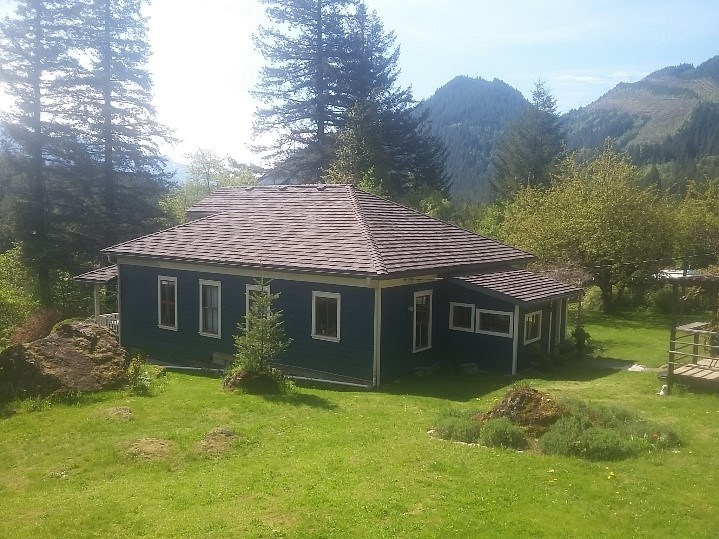
As we started our day, we clambered down the steep embankment below the old house to rendezvous with a Zodiac sent to collect us. There is no better way to see the country of the Fraser Canyon than on the river itself, the amazing highway into the British Columbia Interior before the Cariboo Wagon Road, and later not one, but two transcontinental railways.
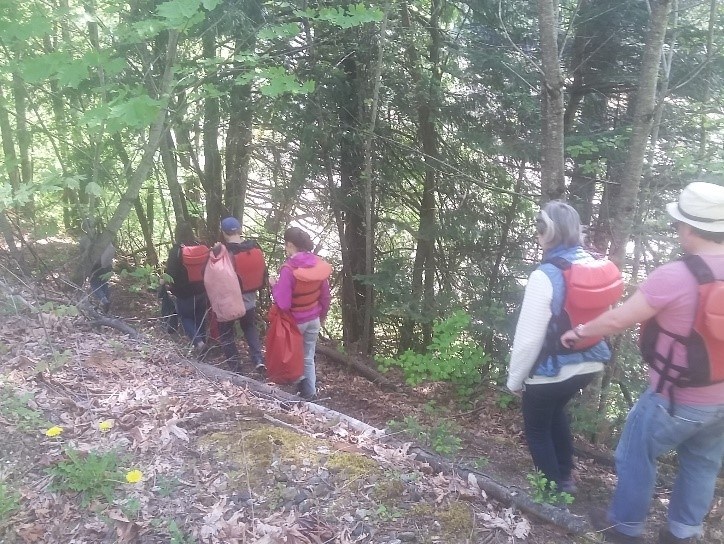
Once suited-up with lifejackets we quickly sailed past Yale, New York Bar, Lady Franklin’s Rock and Deadman’s Eddy towards our destination – only about a half hour away.
As we briskly sped along on a gorgeous sunny day, I recalled that when Simon Fraser traveled down this river in 1808, he was the first European to record the name Cowichan amongst the pages of his journal. Warned by upriver Indigenous nations that the “Ka-way-chin” were to be feared, his own men resisted going any further, but Fraser prevailed and descended to the river’s mouth by taking the north arm of the river.
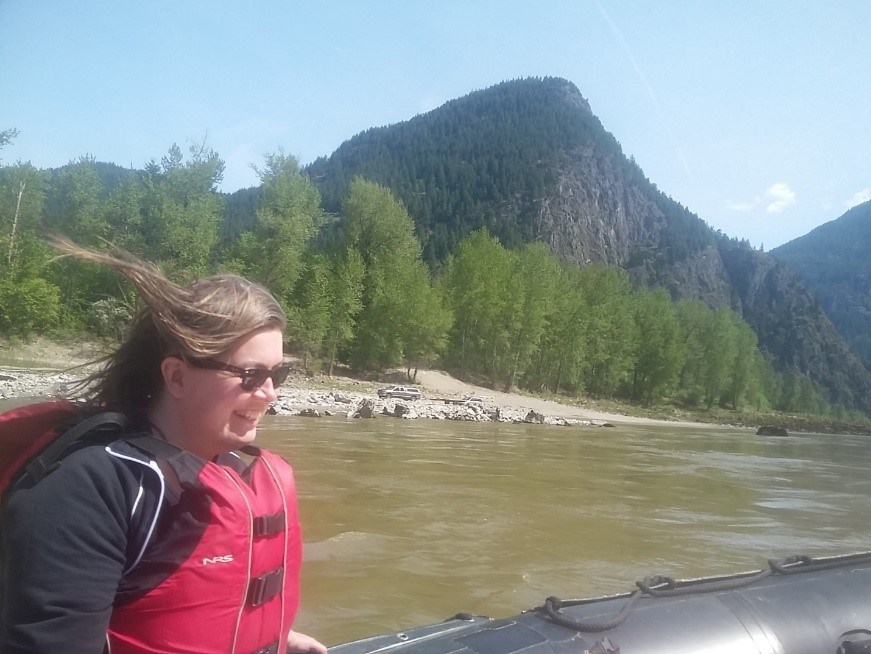
In taking this route to the Pacific, they hoped to evade the Cowichan, but they were nevertheless greeted with open hostility by the Musqueam people. Fraser wrote:
Having spent one hour looking about this place we went to embark, [and] we found the tide had ebbed, and left our canoe on dry land. We had, therefore, to drag it out to the water some distance. The natives no doubt seeing our difficulty, assumed courage and began to make their appearance from every direction, in their coats of mail, howling like so many wolves, and brandishing their war clubs.
Fraser and party managed to escape and live to tell of the determined proprietorial claims of the Coast Salish peoples to what ironically would later be called Fraser’s River.
Finally we reached our destination, swinging the Zodiac into the soft sand dunes of a convenient creek opening found amongst the rock cliffs adjacent to the Garry Oak preserve. How exciting!
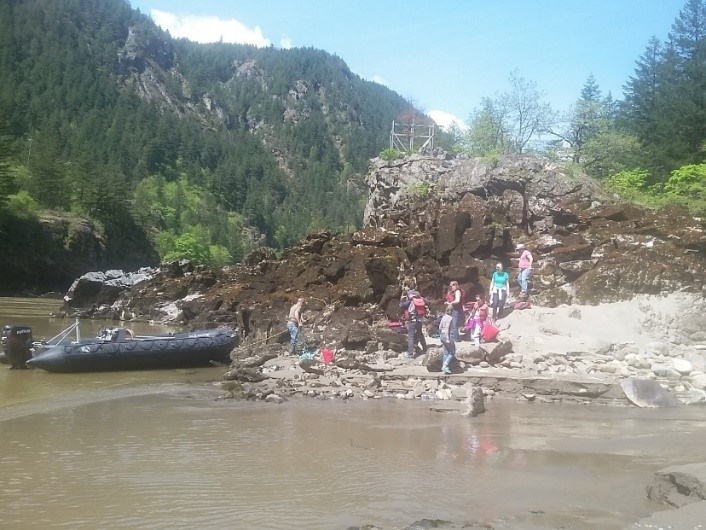
Clambering up the hillside, we immediately spotted the first of these amazing trees clinging to the rock cliffs.
As one who grew up amongst the Garry Oak meadows of Vancouver Island, how strange was it to see these familiar trees thriving in a climate so removed and unlike the coast! Just how did this curious grove come to be here?
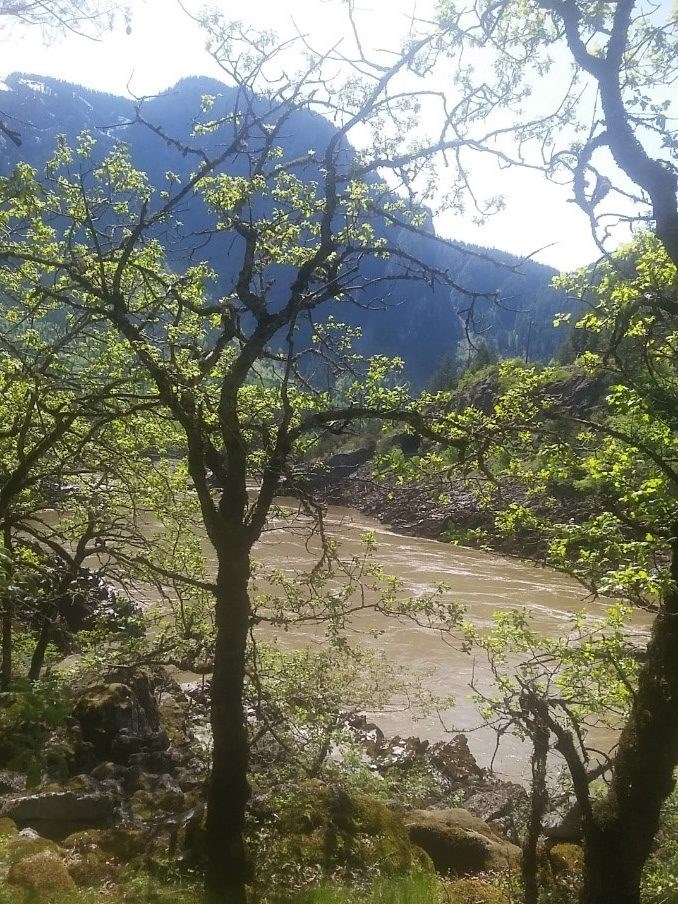
By the 1820s, the Hudson’s Bay Company had made two separate expeditions to the Fraser River in preparation for the establishment of Fort Langley. During this time, John Work noted the overwhelming presence of the Cowichan, commenting on the many “Cowitchin” villages he saw. Perhaps more significantly, Work called the Fraser River the “Coweechin” River. In these first European land-based expeditions to the mouth of the Fraser River, Cowichan peoples were recognized as having a large presence.
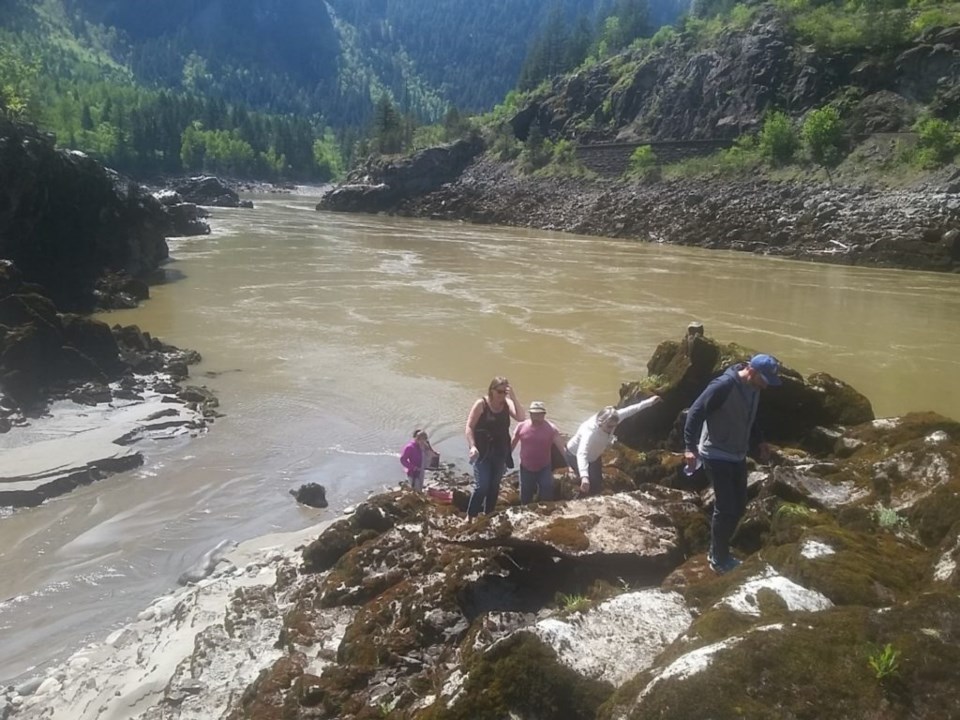
At first, the HBC hoped that the Fraser River might replace the Columbia as a convenient transportation corridor to the east. In advance of thorough field reconnaissance, the company established Fort Langley on the shores of Fraser River in 1827, only to discover the following year the river was largely unnavigable.
Nevertheless, HBC operations continued at this site, and in journals kept by HBC employees there, the significant presence of the Cowichan on the Fraser River was further recorded.
Large numbers of Cowichan peoples migrated from Vancouver Island to the lower Fraser every year, as they had always done, to take advantage of the huge salmon runs. In 1824, when James McMillan headed an Hudson’s Bay Company expedition from Fort Vancouver up the Fraser, he learnt the Native name for the river was Cowitchen.
When he returned, again, three years later, he and his party travelled by three separate Cowichan villages situated on the south arm of the river, mid-point between New Westminster and the river’s end. These three sites consisted of many large plank houses with a combined population estimated by McMillan to be no less than 1,500. The village names were recorded as Saumni, Pinellahutz, and Quomitzen, corresponding to the names of their Island counterparts (Somena, Penelakut and Quamichan).
As a conservative estimate, upwards of 5,000 Indigenous people assembled near Fort Langley each summer to fish and trade. In the year 1827 alone, 500 separate and fully loaded Cowichan canoes were counted passing by the Fort on their way back to Vancouver Island. Their route is still followed by BC Ferries: from the Fraser River across the Strait of Georgia, through Active Pass to Satellite Channel, then passing by Cherry Point to the mouth of the Cowichan River on Vancouver Island.
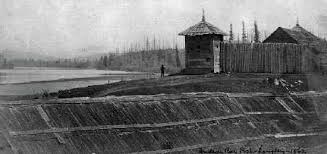
The attraction of the Fraser River was the incredible salmon resource. Elders tell us that the Cowichan were attracted to the vicinity of the canyon above Yale where dip-nets could be easily employed and the enormous catches air dried by the constant wind-tunnel effect produced by the dramatic geography that occurs at this place. But this location was also a trade emporium for First Nations, the Cowichan taking large quantities of dried clams and the blue Camas Lily bulbs as items of exchange for such things as wool from the Big Horn sheep of the BC and Washington State Interior.
But what of the mysterious Garry Oaks? Is it possible that during these yearly forays from Vancouver Island to their forgotten fish grounds above Yale that they may have planted Cowichan Valley acorns at this site?
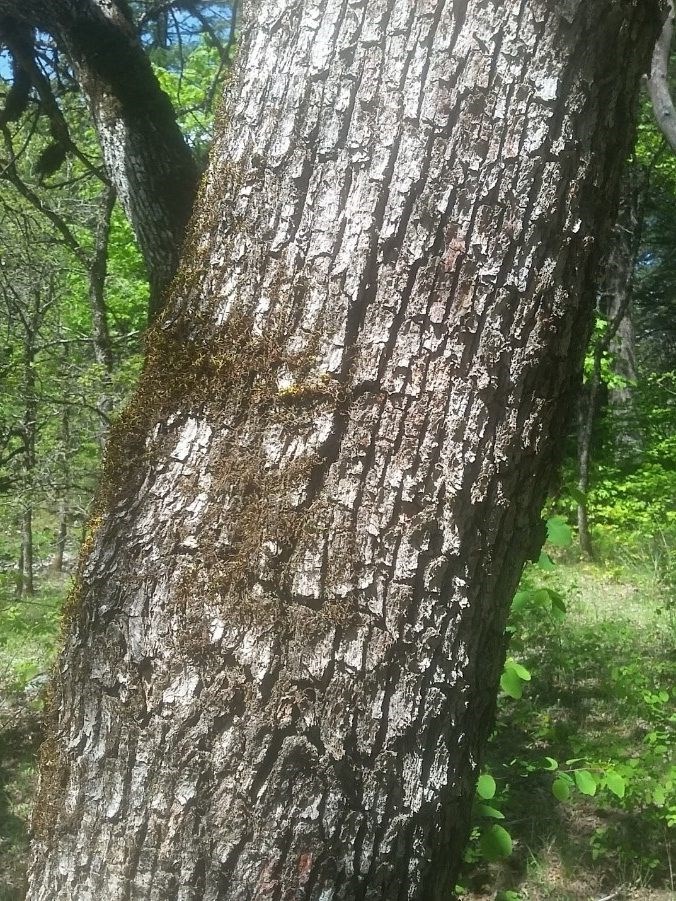
The camas bulb, once a staple of the Indigenous diet, has a great affinity with the Garry Oak. To ensure the propagation of this once great trade item, Indigenous peoples frequently set grasslands ablaze to encourage the growth of camas. But in the narrow confines of the Fraser Canyon, perhaps the Cowichan peoples sought to recreate the Garry Oak biosphere of their Island winter home.
Apparently, there is evidence of past fire on the Yale site. To my mind, this is quite possibly the best explanation for the existence of this curious and isolated stand of trees.
A fifth-generation British Columbian, Daniel Marshall is an author, professor, curator, documentarian, and researcher focusing on British Columbia’s relatively untold but rich history. He is a recognized leader and award-winning researcher on historic Native-Newcomer relations, and their evolution and implications on Aboriginal rights today.
His award-winning documentary, Canyon War: The Untold Story, has aired on Knowledge Network, APTN, and PBS. His latest book, Claiming the Land: British Columbia and the Making of a New Dorado, is available in bookstores across B.C.


